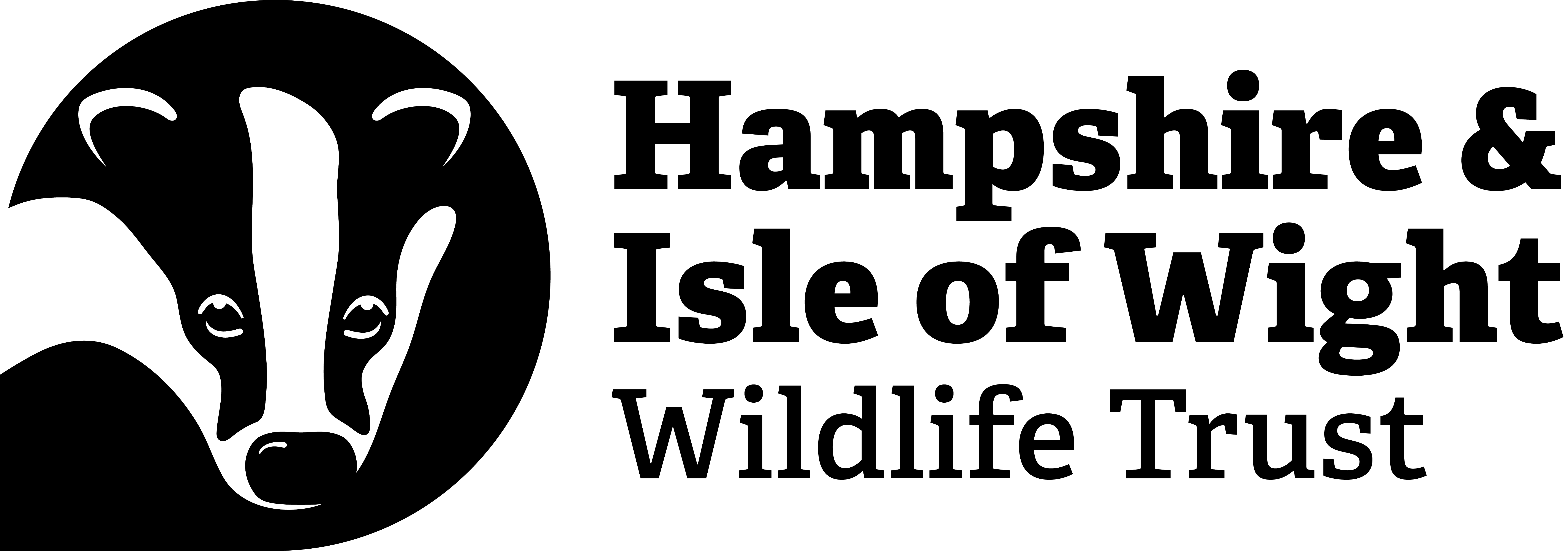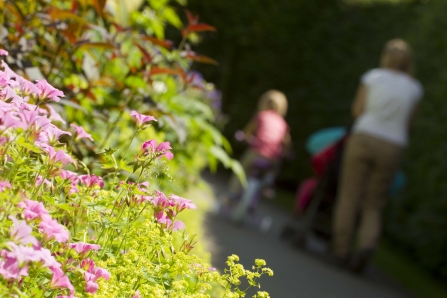Since the overhaul of the planning system several years ago, the results have arguably been mixed both for wildlife and for people. The latest proposals include introducing a ‘zonal’ system for brownfield land, effectively giving automatic permission for development on sites that have been included on a government register. However building on 'brownfield' land isn't as simple as it seems.
'Brownfield' doesn't neccessarily mean poor biodiversity.
While land that has been previously developed can be less wildlife-friendly, there are some notable exceptions. Just take a look at the Trust’s Noar Hill Nature Reserve near Selborne. This former chalk workings is officially considered brownfield land. But today it’s a haven for wildflowers and butterflies - including one of Britain’s fastest declining butterflies, the Duke of Burgundy.
Brownfield sites could be the only green space left for people and wildlife in urban areas.
In some urban areas, so-called brownfield sites are the only green space where children can kick a football about, or urban wildlife can take refuge. We could lose some of these green spaces even though we know our cities must become greener healthier places to live.
It’s not just about housing numbers, but also quality.
By giving developers a carte blanche, we’ll miss vital opportunities to make our new developments wildlife-friendly. The inclusion of recreational or wildlife-rich green space, roof gardens, or green walls in new developments, can contribute to a green network in our greyest towns and cities.
We risk our long term future by not building sensibly.
It’s disappointing to see the government drop low carbon building targets when climate change fundamentally threatens both wildlife and people. What’s more, some areas might be completely inappropriate for developments because they lack important infrastructure like access to transport links and public services. Inappropriate developments like these could further harm local wildlife and increase our contribution to climate change.


